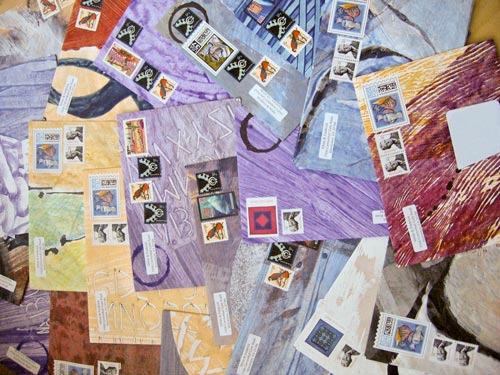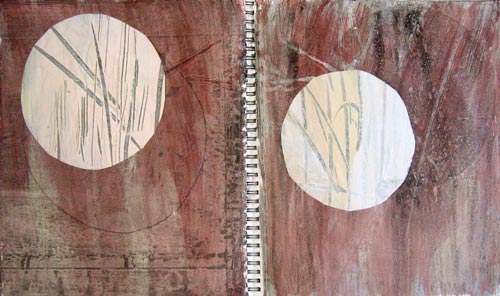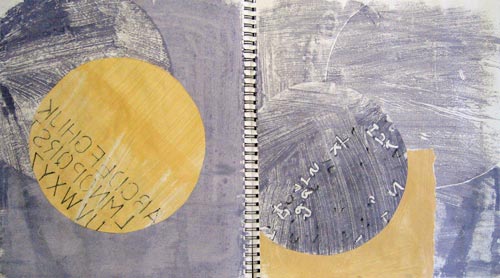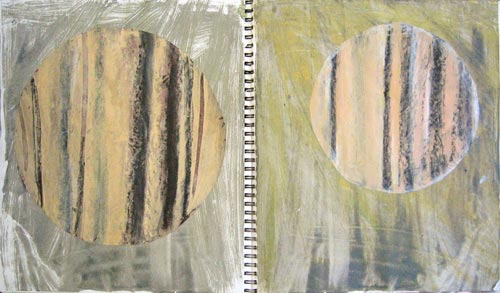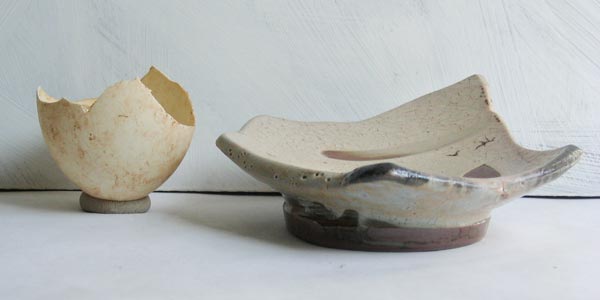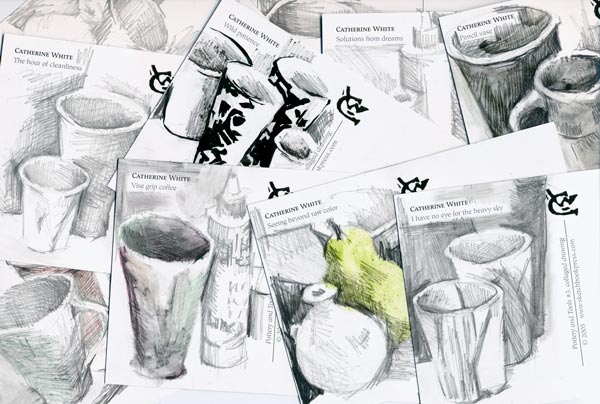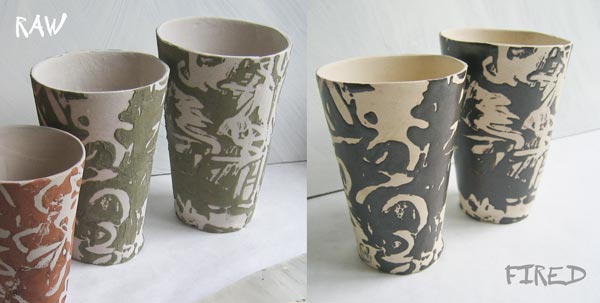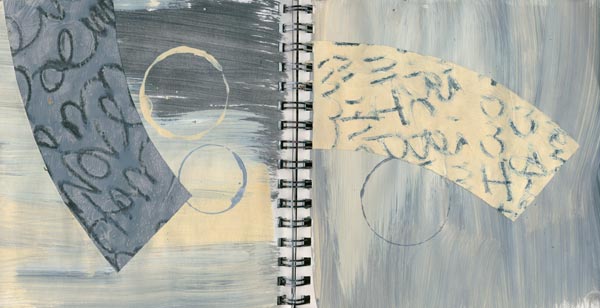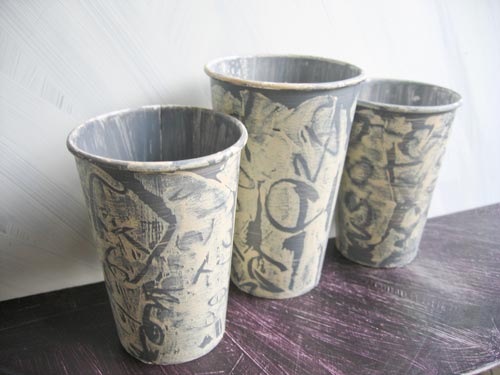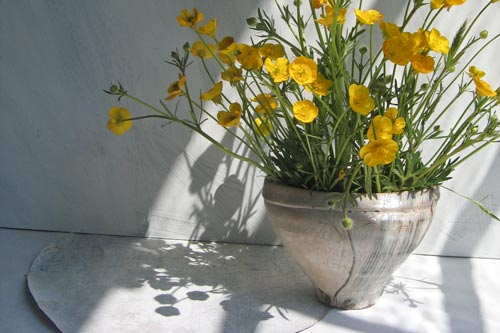At one point I thought I had a notebook illness, but instead I have
come to realize that these many books are my assets--the varieties of shape,
size, and function push new problems and suggest new solutions.Yesterday I posted circular plate images drawn from rectangular books. Today's square plate paintings are pulled from my 8-inch square notebooks.
My sketchbooks serve as both a private place to experiment and a portable stage to carry and to show-and-tell what I have been fooling around with. The books hold ideas in more or less chronological order. I do get ahead of myself laying in color, but then I go back and add more layers. The books become a collection spot for bits of sketches, idea scraps, color, a stray word or two, and an occasional quote.
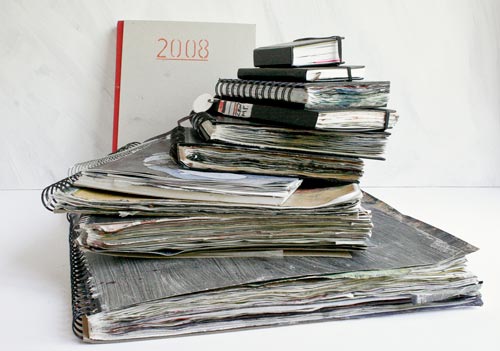
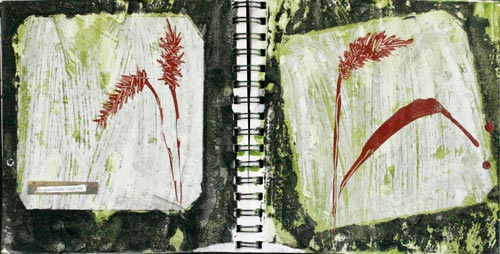
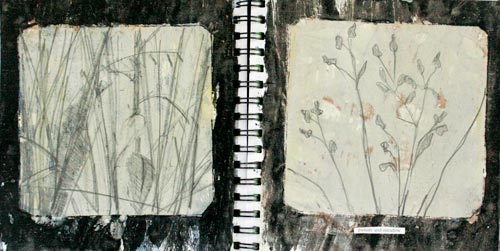
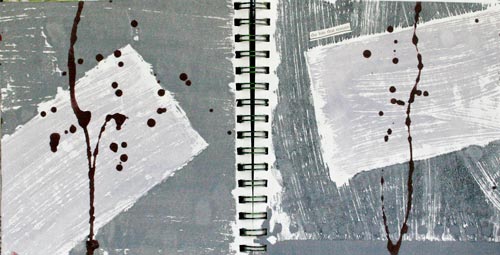
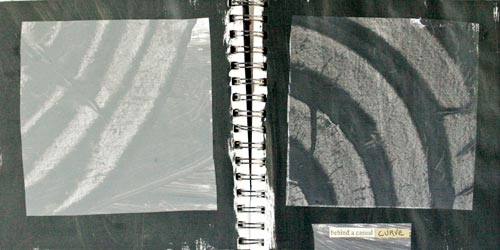
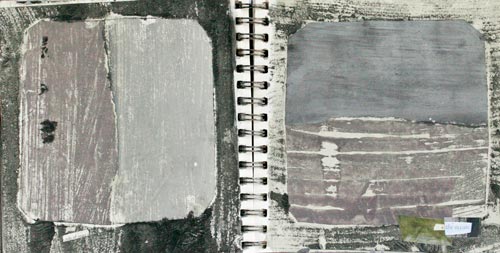
My sketchbooks serve as both a private place to experiment and a portable stage to carry and to show-and-tell what I have been fooling around with. The books hold ideas in more or less chronological order. I do get ahead of myself laying in color, but then I go back and add more layers. The books become a collection spot for bits of sketches, idea scraps, color, a stray word or two, and an occasional quote.






